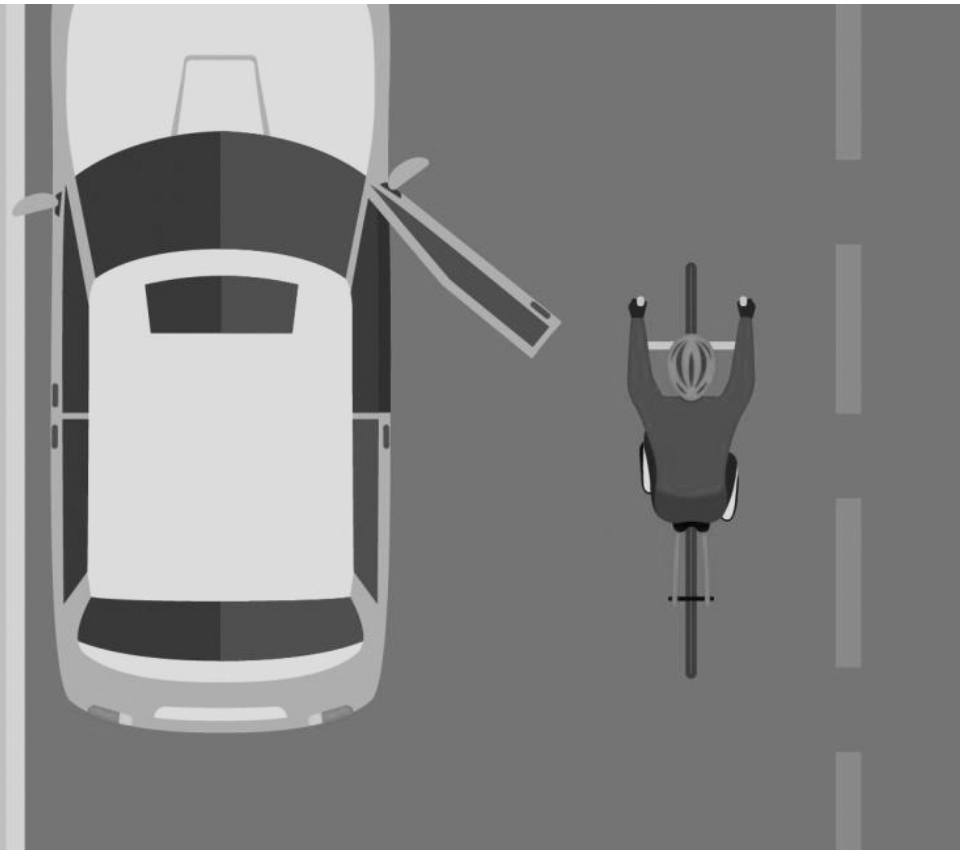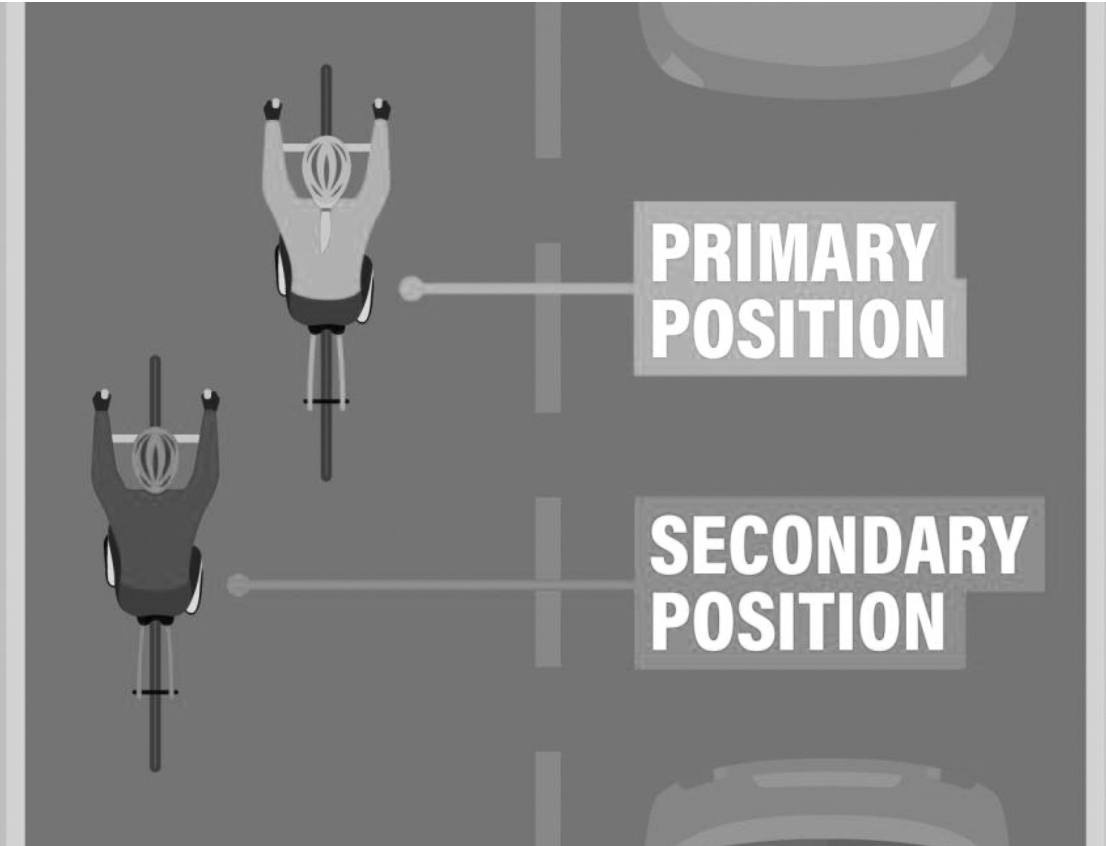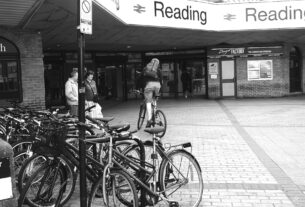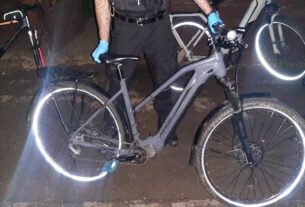The Department for Transport ran a consultation from August to October this year seeking views on proposed changes to The Highway Code to improve safety for vulnerable road users, particularly cyclists, pedestrians and horse riders.
From a cyclist’s point of view the main changes include:
- The introduction of the ‘Hierarchy of Users’ or ‘Hierarchy of Responsibility’, recognising that road users who pose greater risks to others ought to have a higher level of responsibility.
- Simplification of the rules relating to non-signalised junctions, which will make junctions safer and address ‘left-hook’ collisions
- New rules to tackle dangerous overtaking and ‘close passes’, with a guideline minimum safe passing distance of 1.5m
- The inclusion of the Dutch Reach, to help prevent ‘car-dooring’
Whilst these changes (if adopted) will not lead to an overnight elimination of irresponsible or inconsiderate acts of driving, they do constitute a crucial step in changing the culture of road use as the revised Code will feed into driving lessons and tests, and help the police better enforce safe driving standards.
Cycling UK has been campaigning for such changes to the Highway Code for many years and was closely involved in pre-consultation with the Department for Transport.
The following is Cycling UK’s summary of the key changes to the Code.
Rule 1 – Hierarchy of responsibility/users
This would introduce the concept of a ‘hierarchy of users’, putting road users most at risk in the event of a collision at the top of the hierarchy. This is pedestrians, in particular children, older adults and disabled people, followed by cyclists and horse riders and motorcyclists.
It wouldn’t remove the need for all users to behave responsibly or give priority to pedestrians and cyclists in every situation, but it would ensure that their needs were considered first.
It would mean that people in charge of the largest vehicles, with the potential to cause the most harm in a collision, would bear the greatest responsibility to take care and reduce the danger they pose to others.
So, a lorry driver would have a greater responsibility to those driving a car or motorcycle, and likewise people cycling would have a greater responsibility than pedestrians.
Rules 2, 3 & 76 – Junction priority
This would introduce an underlying principle that vehicles turning at non-signalised junctions should give priority to pedestrians or cyclists going straight ahead across their path, unless traffic signs, signals or markings say otherwise.
The person going straight ahead would have priority over the person turning left. This should reduce ‘left hook’ collisions and make it easier to maintain cycle track priority at junctions.
The changes proposed reflect the concept of a hierarchy of responsibility/user in rule 1, with cyclists also having to give priority to pedestrians going straight ahead as they turn left.
Rule 163 – Overtaking rules
The old rule advised drivers to give cyclists at least as much room as they would when overtaking a car, without further reference to what that was.
The new rule advises that, as a guide, this would mean leaving:
- a minimum distance of 1.5 metres at speeds under 30 mph.
- a minimum distance of 2.0 metres at speeds over 30 mph.
- for a large vehicle, a minimum distance of 2.0 metres in all conditions.
- more space when overtaking in bad weather (including high winds) and at night.
The new rule would advise that cyclists are permitted to filter through traffic, specifically confirming that cyclists may overtake slower moving or stationary traffic on their right or left, including at the approach to junctions, but are advised to exercise caution when doing so.
Rule 239 – Opening car doors
 The new rule would advise people to open car doors using the hand on the opposite side to the door they are opening, so you would use your left hand to open the driver’s door on your righthand side.
The new rule would advise people to open car doors using the hand on the opposite side to the door they are opening, so you would use your left hand to open the driver’s door on your righthand side.
This technique, known as the Dutch Reach, makes you turn your head to look over your shoulder before opening the door, and should reduce the number of cyclists injured when someone opens a car door without looking.
Rules 72 & 213 – Road positioning.
The old Highway Code rules didn’t mention road positioning so many drivers wrongly assumed that cyclists should ride close to the kerb, which is often dangerous.
The amended rule 72 refers to two basic road positions cyclists should adopt, depending on the situation, which many cyclists will recognise as the ‘primary’ and ‘secondary’ positions.
It would advise cyclists to ride in the centre of the lane, to make themselves as clearly visible as possible (primary):
- on quiet roads or streets, moving over to the left if a faster vehicle comes up behind them, but only if they can do so safely.
- at the approach to junctions or where the road narrows, where it would be unsafe for drivers to overtake them.
The proposed rule 72 advice to cyclists is then outlined to drivers within a revised rule 213, explaining the circumstances in which and why cyclists may sometimes ride in the centre of the lane, rather than towards the side of the road, and that drivers should allow them to do so for their (the cyclists’) own safety.

Rule 140 – Cycle lanes and cycle tracks
The new rule would advise drivers that cyclists don’t have to use cycle lanes or cycle tracks (a common misconception), but that when they do drivers should give way to them when turning or changing lane, including when a cyclist is approaching in the cycle lane or track from behind the driver. This includes specific advice to drivers to be prepared to stop and wait for a safe gap in the flow of cyclists before crossing the cycle lane or track.
Rule 151 – Allowing pedestrians and cyclists to cross in front in slow moving traffic
The new rule would advise drivers to allow pedestrians and cyclists to cross in front of them in slow moving traffic, clarifying that cyclists can filter past other traffic.
Rule 178 – Advanced stop lines
The new rule would advise that where a driver has passed the first white line at the time that the signal turns red, that whilst they must stop before the second white line, they should also stop as soon as possible rather than just proceeding to the second line.
The advice for drivers to allow cyclists enough time and space to move off when the green signal shows would also be extended to include any moving or waiting alongside them.
Drivers of large vehicles would also be specifically advised to stop sufficiently far behind the first white line to see the whole area where cyclists may be waiting, allowing for any blind spots in front of their vehicle.
Rule 186 – Drivers to give priority to cyclists at roundabouts
Drivers would be advised to give priority to cyclists on a roundabout, to give them plenty of room, not attempt to overtake within their lane, and to allow cyclists to move across their path as they travel around the roundabout.
Whilst some cyclists will move to the right when approaching a roundabout, and ride in the right hand lane when intending to continue across or around the roundabout, the new advice to drivers recognises that others may not feel either confident or comfortable enough to do this, and will stay in the left hand lane.
There would therefore be further advice to drivers that cyclists may stay in the left hand lane when they intend to continue across or around the roundabout, and that drivers should take extra care when entering a roundabout to ensure that they do not cut across cyclists in the left-hand lane who are continuing around the roundabout.
Keith Elliott
RCC Secretary




Sounds like a real step-change in mentality. Concept: keep the more vulnerable safer.